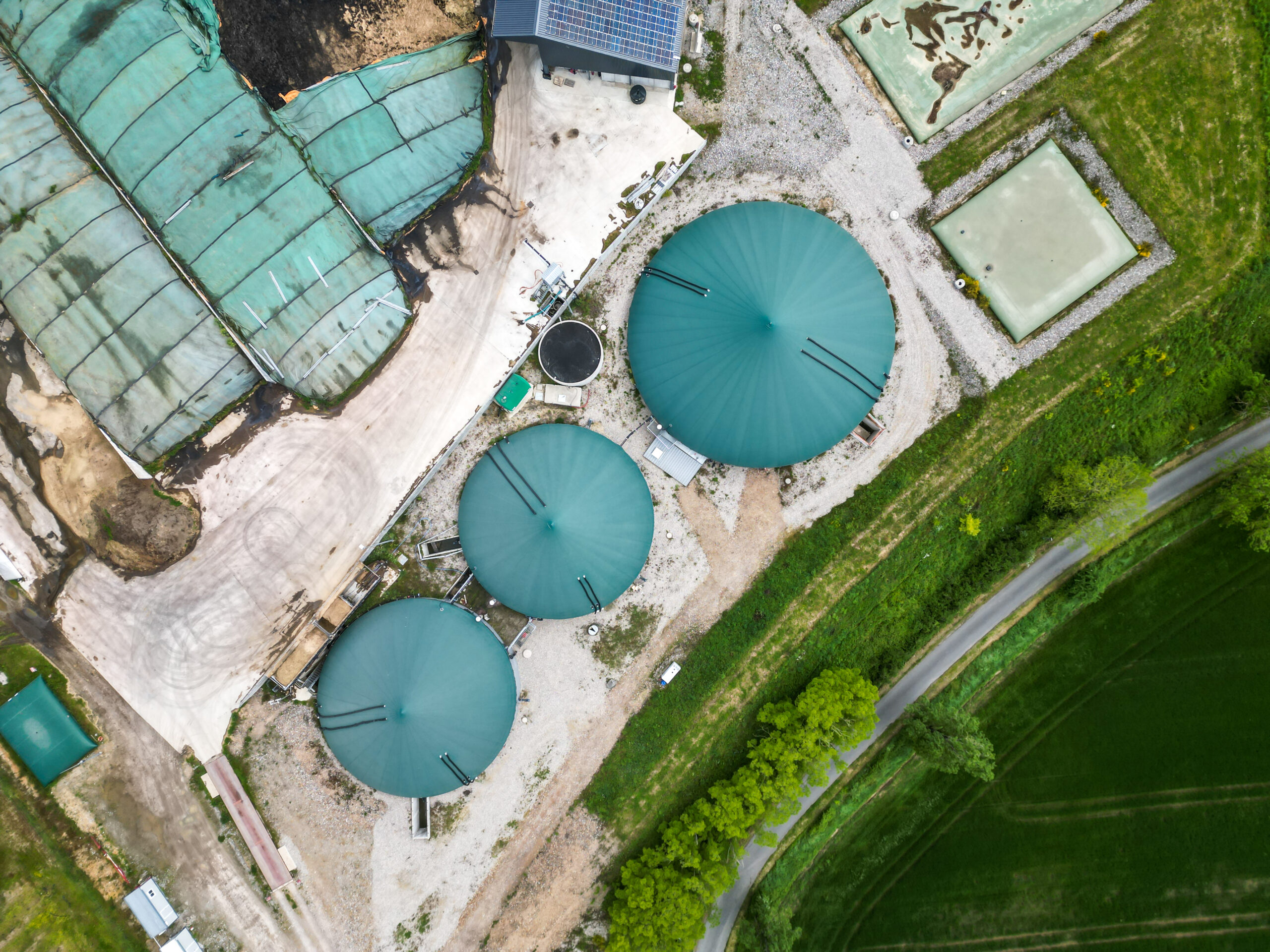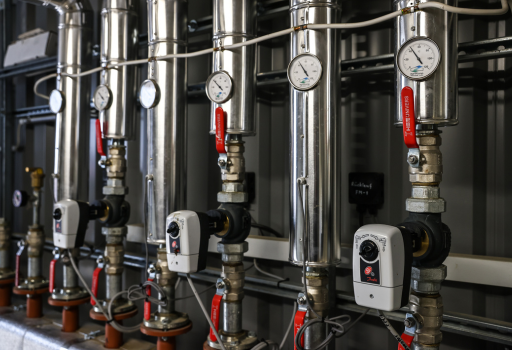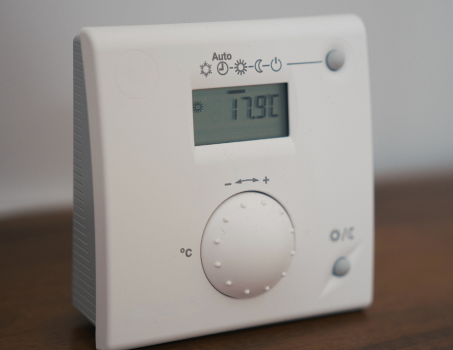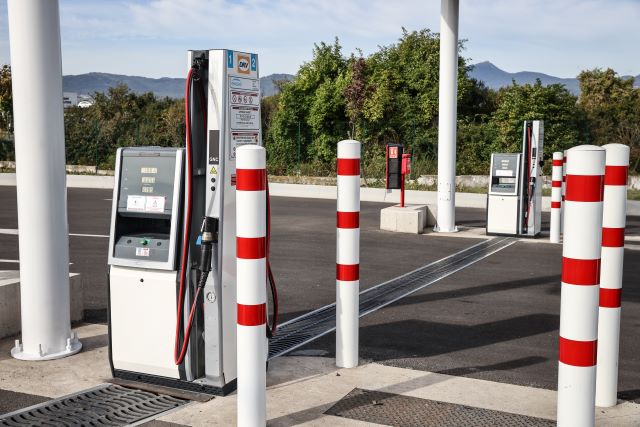Today, gas grids do much more than simply connecting up supply, storage and demand; they are the backbone of the EU's energy system, delivering efficiency, reliability and flexibility.
In the future, gas grids will continue to play a crucial role in a fully integrated and clean European energy system, and they will support the EU in delivering its objectives of decarbonisation, affordability and energy security.
As gas distribution system operators (DSOs), we are committed to playing our role and will work with all our stakeholders, customers, suppliers and public authorities to maximise the benefits brought by our important assets.
Our
vision
GD4S believes that gas grids' adaptation to incorporate increasing shares of renewable gases (biomethane and renewable hydrogen) is essential to ensure that the transition towards carbon-neutrality remains economically sustainable, socially inclusive and maintains security of supply.
Gas distribution networks are flexible and can transport different gases, from different production and storage sources through to end-users.
Gas distribution networks can transport biomethane (with no changes needed in the infrastructure) and up to 20% hydrogen (for example blended with natural gas or biomethane). In addition, gas distribution networks are ready to convert or be repurposed, quickly and with limited investments, to transport pure hydrogen.

Gas distribution networks are enabling the upscaling of renewable gases.
The proximity to the gas distribution network is a key economic factor enabling local production, either from biological feedstock for biomethane or from renewable electricity for green hydrogen.

Gas distribution networks provide energy storage capacity at a cost-effective price.
The increasing penetration of intermittent electricity sources and uses requires vast storage capacity, and this can be provided by gas networks which can be utilised to bridge the potential gaps between supply and demand.

Gas distribution networks enable the optimisation of the electricity transmission and distribution systems.
Leveraging existing gas infrastructure to distribute renewable and decarbonised gases will significantly reduce the substantial costs associated with the reinforcement of electricity grids (€584 billion in investments are necessary according to the European Commission) to cope with peak demand scenarios.

In the building sector, coupling between the gas and electricity sectors will maximise the use of renewable energy sources
It allows greater penetration of intermittent renewables such as wind and solar and ensuring security of supply and the overall efficiency and resilience of the energy system.

Gas distribution networks contribute to the decarbonisation of industry and transport sectors.
Molecules are not universally replaceable by alternative decarbonisation vectors like electricity. Molecules are essential to produce high temperature heat, required in industrial processes or as fuel in the transport sector.

Our commitments
We commit to facilitate the production of renewable gases and to foster their wider use
by supporting biomethane producers; by cooperating with local authorities and policy makers regarding the planning of new biomethane projects and by standardizing renewable gas connections and further explore opportunities to reduce renewable gas connection costs.
We commit to playing our part, driving integrated network planning
by supporting sector coupling between gas and electricity networks and a more integrated energy system. We support a ‘technology neutral’ and integrated energy system approach, where all renewable technologies will be required to achieve our common ambitions.
We commit to reducing the carbon footprint of our activities
by decreasing whole life-cycle emissions and by improving energy efficiency within our organisations and networks. We commit to proactively reduce methane emissions as we continuously monitor and enhance our networks.

